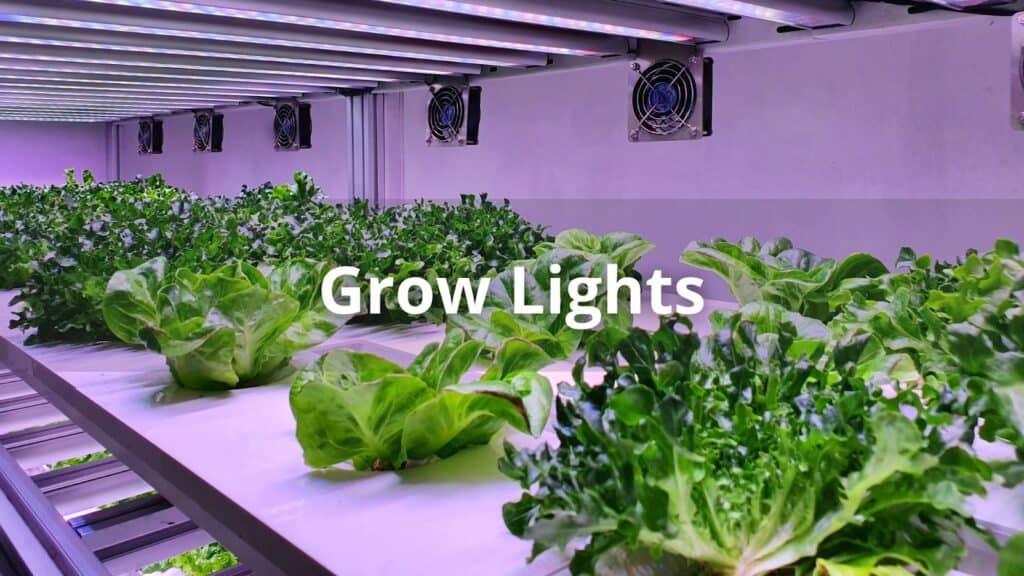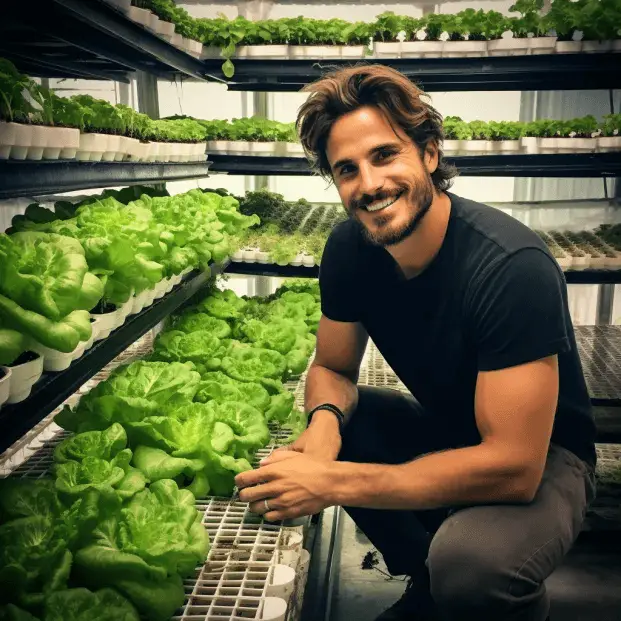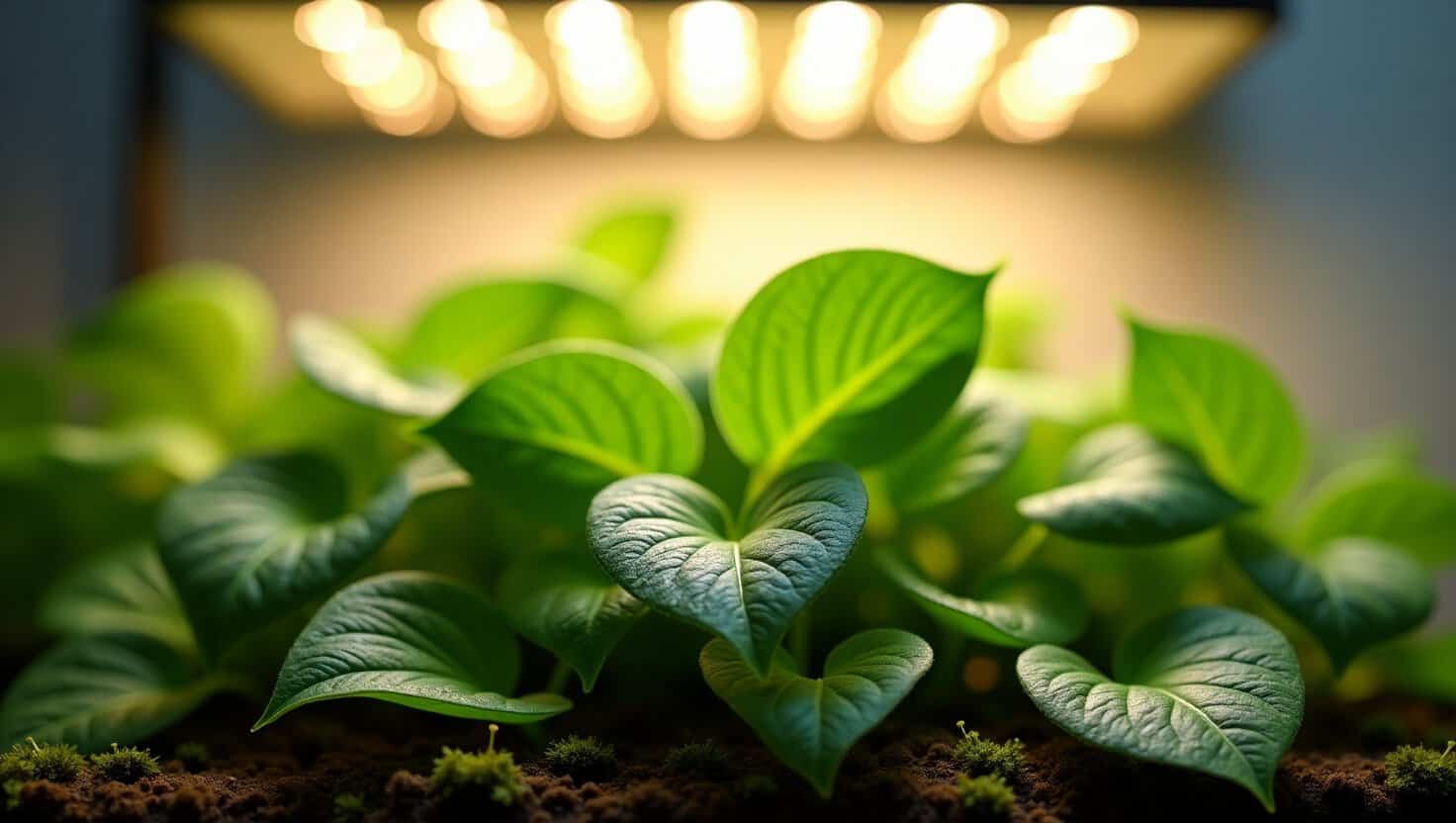Reflecting light is crucial for grow lights. It boosts light efficiency, helping plants absorb more without using extra electricity. When you use reflective surfaces, like white walls or specialized reflectors, the light bounces back to the plants, reducing waste.
There are different types of reflectors, such as parabolic, flat, and curved, each with unique benefits. To maximize this effect, position your reflectors strategically and ensure there are no obstructions blocking the light. This way, your plants thrive, and you save on energy costs. Keep reading to discover more tips on optimizing light reflection for healthy growth!
Key Takeaway
- Reflecting light helps plants grow better and saves money.
- Different types of reflectors can help spread light evenly.
- Good materials and designs can make reflectors work best.
Why Reflect Light?

Reflecting light seems like a simple idea, but it’s a clever way to help plants thrive. Indoor gardening can get pricey with all the grow lights needed. Electricity bills can really add up, making any gardener think twice.
Using reflective surfaces, like shiny films or aluminum, helps bounce light back toward the plants. This means less energy is wasted. A gardener might find that they can use fewer lights and still keep their plants happy.
This light reflection can even help spread the light evenly, reaching all parts of the plant without causing burns. It’s fascinating how a little reflection can make such a big difference. For example, positioning plants on a table can allow the light to reach lower branches better.
So, using reflectors not only saves money but also helps plants grow strong and healthy (1). A little reflection goes a long way!
Types of Reflectors
Credits: Techplant
Different kinds of reflectors play a big part in making grow lights more effective. They help plants get the light they need without wasting energy.
Reflective films
Reflective films are a gardener’s best friend. They’re cheap and can be placed in many spots around the grow area. This flexibility is really handy. These films do a great job of bouncing light around, making sure it reaches every corner.
Using reflective films can help maximize the light your plants get. They can be easily cut to fit different spaces, so it’s simple to cover walls or even the ceiling. The light that hits these films gets redirected back to the plants, which means more energy for growth.
I think reflective films might be one of the easiest ways to improve indoor gardening setups. They don’t take much effort to install, and the benefits can be huge. It’s a small investment that can lead to healthier, happier plants!
Umbrella Reflectors
Umbrella reflectors are interesting tools for indoor gardening. They cover large areas, which is great for filling in light gaps. This means that plants can get more even light distribution.
However, they don’t provide the strongest light. The design of umbrella reflectors helps spread the light out, but it might not be enough for plants that need intense light to thrive. I think they work best in setups where plants are not too far from the source of light, maybe around two to three feet away.
These reflectors are often used in larger grow spaces, where spreading light evenly is important. They might be perfect for seedlings or plants that don’t require a lot of light. Using umbrella reflectors can probably help create a balanced growing environment, but it’s good to know their limits.
Wing Reflectors
Wing reflectors have become quite popular among indoor gardeners. Their design is clever; they spread light far and wide, which is great for making sure all parts of the plant get what they need.
These reflectors work by bouncing light back toward the plants. This means that even lower leaves can catch some of that good light, which helps keep the whole plant healthy. I think this is especially important for plants that grow tall or bushy.
Wing reflectors are usually easy to install and can fit into many setups. They might be placed close to the light source, usually about one to two feet away, to work their magic effectively. Using wing reflectors can probably lead to better light coverage, making them a smart choice for any indoor garden. Plus, they look pretty neat while doing their job!
Hoods
Hoods are a key feature in big indoor gardens. They are designed to provide strong light right over the plants, which is exactly what they need to grow well. This direct lighting helps plants absorb energy efficiently.
The design of hoods usually includes reflective materials, which help direct as much light as possible toward the plants below. For plants that love light, hoods can be a game changer. They often hang just a few feet above the plants, ensuring that the light intensity is high where it matters most.
Hoods are great for larger setups. They might be a bit pricier than other reflectors, but they really pay off in terms of plant health. Using hoods can probably lead to faster growth and better yields. For anyone serious about indoor gardening, hoods are definitely worth considering!
Air-Cooled Reflectors
Air-cooled reflectors are a smart choice for indoor gardens. They do a fantastic job of keeping the grow area cool while still reflecting light effectively. This is really important because too much heat can harm plants and slow down their growth.
These reflectors work by having built-in fans or vents that help pull hot air away from the light source. As they reflect light down to the plants, they also keep the temperature in check. I think this feature is especially useful during hot months or in smaller spaces where heat can build up quickly.
Air-cooled reflectors can usually hang just a few inches above the plants, which allows for maximum light without the risk of overheating. For gardeners who want to maintain a healthy environment, using air-cooled reflectors can probably lead to happier plants and better results.
LED Reflectors
LED reflectors are becoming more popular in indoor gardening. They use special film that can often work better than traditional materials like aluminum or plastic. This means they can reflect light more efficiently, which is great for helping plants grow (2).
The special film in LED reflectors is designed to bounce light evenly across the grow area. This helps ensure that all parts of the plant get enough light for healthy growth. I think this is especially important for plants that need a lot of light, as it can make a big difference in their development.
Another neat thing about LED reflectors is that they usually don’t get as hot as other types. This is a bonus for gardeners who want to keep their grow area comfortable. Using LED reflectors can probably lead to better light distribution and healthier plants overall. They are a smart choice for anyone looking to maximize their indoor gardening efforts!
Material and Design

Aluminum stands out as the main material for reflectors in grow lights. The better the aluminum, the more light it can bounce back. This is crucial for saving energy. Reflectors don’t need to be huge, but they should be well-made and use materials that reflect light effectively.
Design matters a lot. Many grow lights already come with high-quality aluminum reflectors, which help maximize light usage. Some reflectors resemble mirrors, but that might not be the best choice. Mirrors can create very bright spots, which isn’t good for the lower leaves of plants that need light too.
Using reflectors that spread light evenly is probably a better option. The right design can make a big difference in how plants grow. A good reflector can really help make sure every part of the plant gets enough light. Always think about materials and designs when choosing reflectors for grow lights!
Maximizing Reflection

Maximizing light reflection can really help plants thrive (3). There are some simple tips to keep in mind.
- Reflective Materials: Using high-reflectivity materials like Mylar (90-95% reflectivity) or flat white paint (80-90% reflectivity) can significantly enhance the efficiency of light utilization in grow tents. This ensures that plants receive maximum light for photosynthesis.
- Light Placement: Strategically positioning grow lights to minimize shadows and maximize coverage can boost light exposure by up to 30%. This means more light reaches the plants, promoting faster growth and better yields.
- Maintenance: Keeping reflective surfaces clean is crucial. Dust and dirt can reduce reflectivity, so regular cleaning ensures that maximum light is bounced back to the plants.
- Reflective Films: Reflective films like Foylon (a spun polyester fabric reinforced with foil laminate) are also popular choices for lining grow rooms. These materials help illuminate lower portions of the garden, providing light and heat energy to lower buds.
- Energy Efficiency: Using reflective materials reduces the energy requirements of grow lights and ballasts, making the system more energy-efficient. This means you get more light output per unit of energy consumed.
Reflectivity shows how well a material can reflect light without changing it. When light reflects from all sides of the grow room, even the lower parts of the plants can get light. This means more energy for growth. Using these tips can probably lead to healthier plants and a better harvest overall!
FAQ
How do reflective materials improve my grow room design?
Reflective materials for grow lights, like mylar film and reflective wall panels, boost light distribution in your growing space. When you set up reflective surfaces properly, you can increase light intensity by up to 30%. This helps your plants get more photosynthetic light without increasing energy costs.
How do LED grow lights and reflection work together for better plant growth?
LED grow light efficiency improves significantly when paired with light reflection systems. Using reflective coatings and accessories helps with PPFD enhancement and light penetration. This combination supports plant growth optimization and creates better conditions for photosynthesis.
What are the key factors in plant growth enhancement using reflected light?
Light distribution systems and grow light optimization play crucial roles in plant health improvement. The right indoor lighting solutions, combined with reflective surfaces, help create optimal growing conditions. Focus on light intensity and proper light reflection devices to support healthy plant development.
What should beginners know about setting up reflective grow spaces?
Plant lighting tips for beginners should focus on grow tent reflectivity and proper light distribution. Start by understanding grow light placement strategies and basic plant care strategies. Using reflective coatings helps create an efficient growing environment without complicated setups.
Conclusion
In conclusion, Using light reflection for grow lights is a smart way to boost plant growth and cut down on electricity costs. Choosing the right reflectors, like parabolic or flat surfaces, can significantly enhance light distribution and efficiency. Reflective materials, such as Mylar or white paint, help maximize the light that reaches your plants. When set up properly, this creates an ideal growing environment.
References
- https://www.sciencedirect.com/science/article/pii/S266679082200026X
- https://pmc.ncbi.nlm.nih.gov/articles/PMC8621602/
- https://www.agritechtomorrow.com/article/2023/05/light-interaction-with-plants-reflection-emission-and-absorption/14570
Related Articles
- https://tophydroponicgarden.com/grow-lights/
- https://tophydroponicgarden.com/led-vs-fluorescent-grow-lights/
- https://tophydroponicgarden.com/indoor-hydroponic-kits/
Was this helpful?

I’m Barrie L., a passionate hydroponic gardening enthusiast dedicated to cultivating thriving, soil-less gardens. With a focus on all things hydroponic, I share my expertise on innovative growing techniques and sustainable practices through my blog, tophydroponicgarden.com. As a seasoned hydroponics specialist, my goal is to inspire and guide fellow gardeners in harnessing the power of water-based cultivation for bountiful and eco-friendly harvests. I’m also an author of the book “Hydroponics For Absolute Beginners: Your Step By Step Guide For How To Create An Hydroponics System At Home Without Soil, For Growing Vegetable, Fruit And Herbs.” which is sold on Amazon. Join me on a journey of redefining the way we cultivate plants, one nutrient-rich solution at a time. Happy growing!


